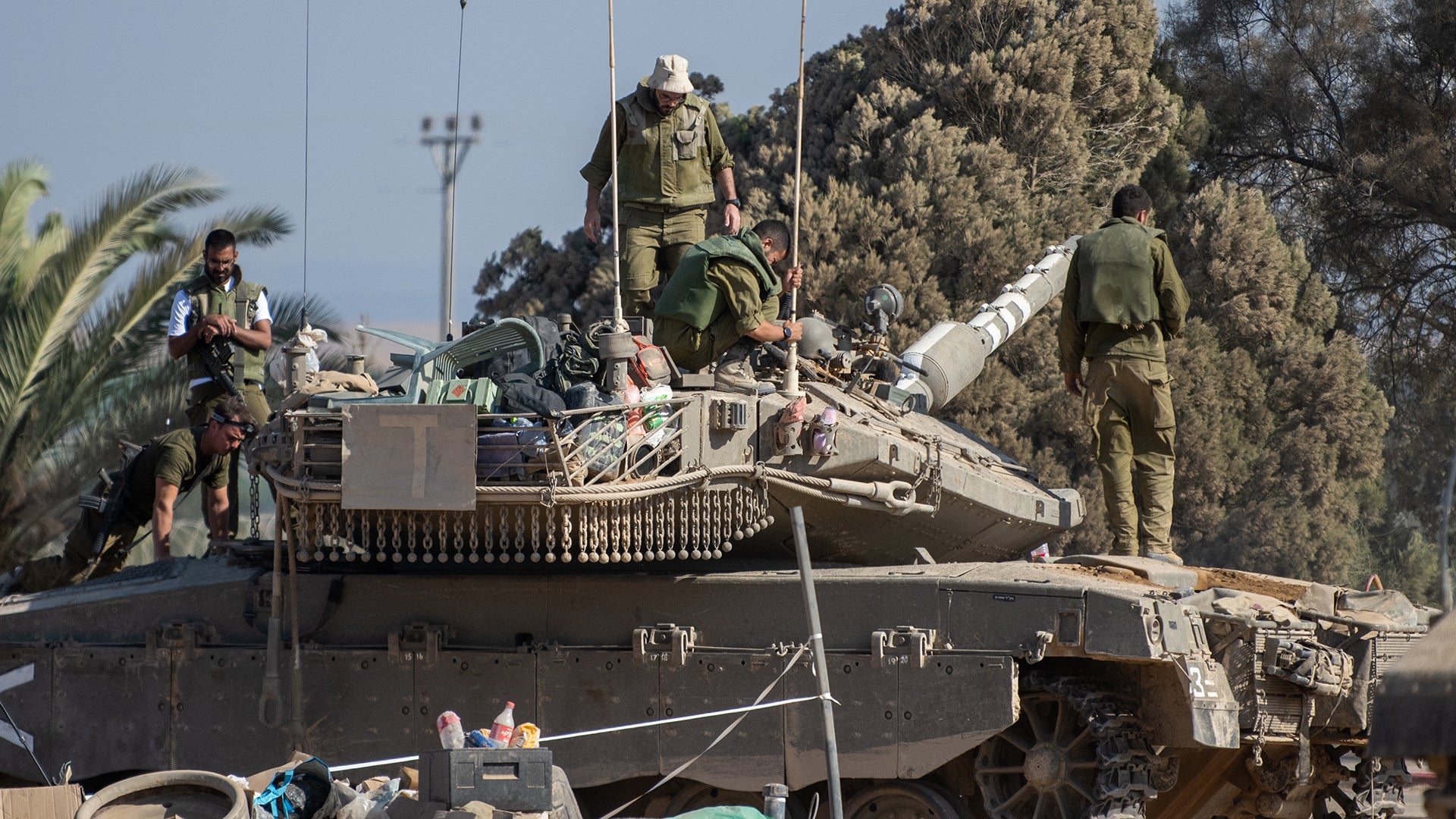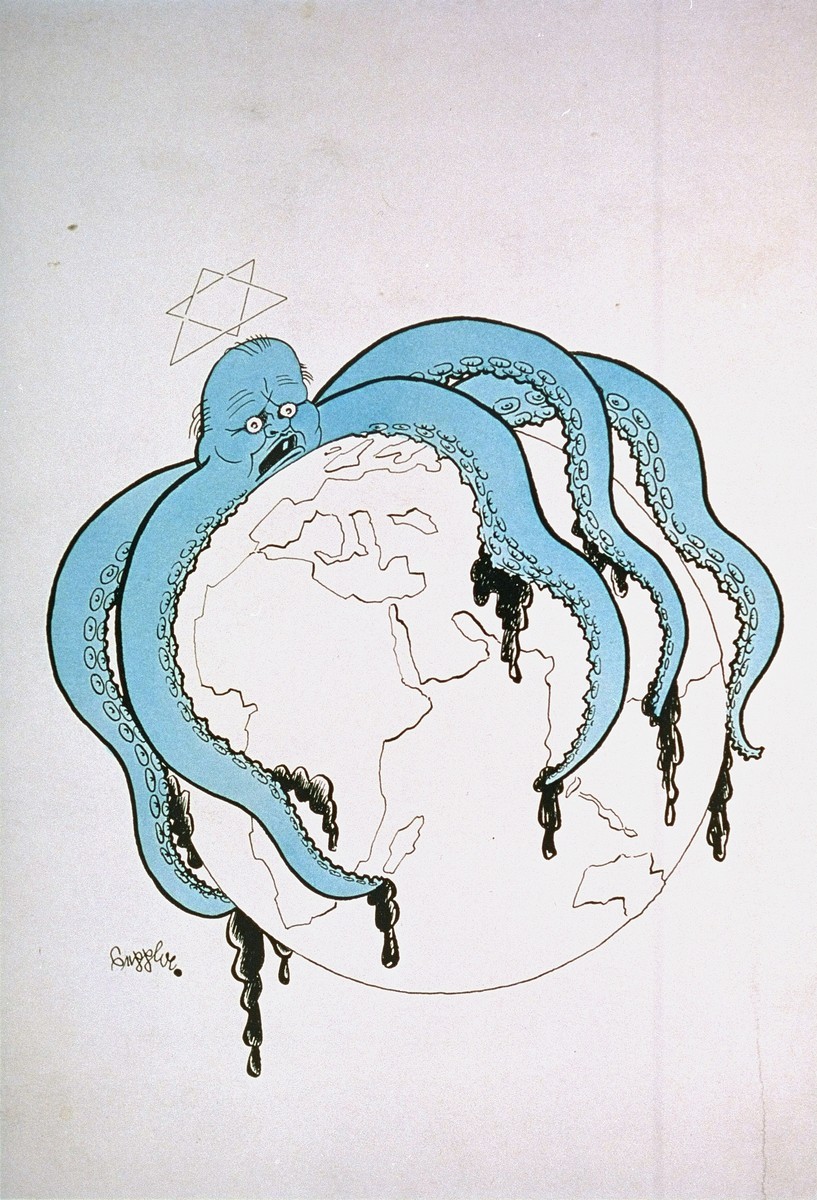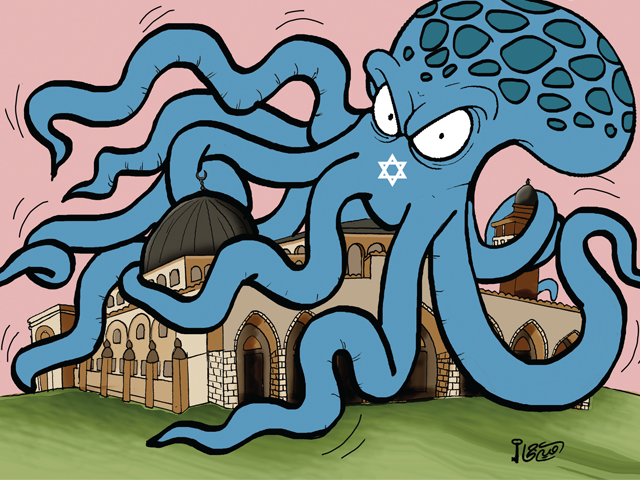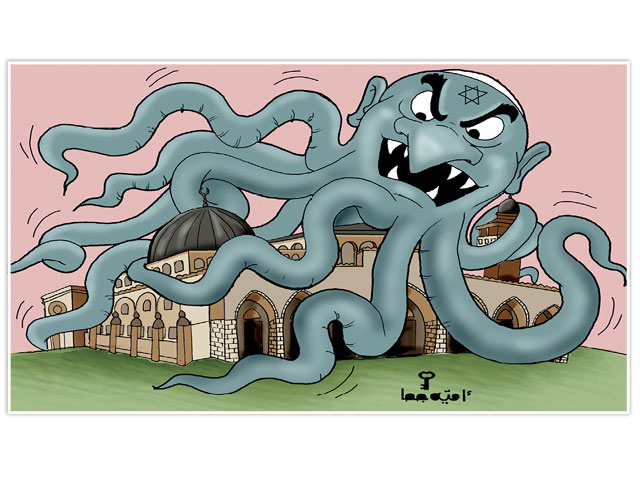Per FT. ~50,000 terrorist soldiers in Gaza, between Hamas and Islamic Jihad. Gaza is of a similar size to Mosul (about 2x), where we fought ISIS. Mosul had 8,000 ISIS fighters and took 100,000 US-coalition troops to clear, with 8,000 allied lives lost and 10,000 civilians killed. Mosul took nine months.
The invasion will be extremely difficult.
Israeli military likely to face houses rigged to explode, fighters wearing civilian clothes and weapons stored in mosques

www.ft.com
“
The mission to clear the city of jihadi militants was ultimately successful. But the fighting was intense, took three times longer than planned, left 10,000 civilians dead, and killed more coalition soldiers than expected.
The battle to recapture the northern Iraqi city of Mosul from Isis in 2016 is a potential guide to what may happen if Israeli forces launch a ground offensive against Hamas militants in Gaza. It also offers a cautionary tale for the Israeli troops massing for the widely expected attack.
“It’s going to be fiendishly difficult,” said David Petraeus, a former US general who led Iraq’s allied forces during the 2007 “surge” and then Nato and US forces in Afghanistan. “I just can’t imagine more difficult circumstances.”
Benjamin Netanyahu, prime minister of Israel, and his war cabinet have clearly set out their war aims after Hamas fighters killed about 1,400 Israelis and took more than 200 people hostage in a surprise attack on October 7. The tasks for Israel’s armed forces are fourfold: topple the Hamas regime and destroy its military capabilities; remove the threat of attacks from Gaza; secure the return of hostages held by Hamas; and defend Israel’s borders and citizens.
But as the battle for Mosul shows, achieving just the first of these objectives is likely to be a gruelling task. Among the challenges facing Israel Defense Forces in Gaza, military officials and analysts said, are likely to be houses rigged to explode, fighters wearing civilian clothes, military facilities hidden underneath schools and other civilian structures, and weapons stored in mosques. Hamas is also deeply embedded in Palestinian society.
“Urban warfare is just one problem after another,” said a western special forces officer who accompanied Iraqi forces fighting in Mosul six years ago. “There is also no limit to the troop requirements,” he added. “Even if Israel sent 10mn soldiers into Gaza, it would still take a long time. And that’s just taking the territory; holding it is another matter.” The special forces officer added: “A more realistic mission would be to send in the IDF to damage a chunk of Hamas’ capabilities, eliminate enough of the leadership, and then pull back.”
Petraeus agreed Israel’s military commanders were likely to be discussing a range of options with the war cabinet and “explaining: look, we can destroy Hamas, but here’s what it would take. This is what it would mean.” A stream of western leaders and senior officials have delivered similar messages.
Rishi Sunak, UK prime minister, arrived in Israel on Thursday to show support but also to advise restraint. Similarly, US president Joe Biden in Tel Aviv the day before said Israel should not be “consumed” by rage and needed to avoid repeating the “mistakes” Washington made after the September 2001 terror attacks.
The battle for Mosul — which is similar in size to Gaza’s urban areas and had a comparable population of about 2mn when the city was occupied by Isis — began on October 16 2016. Inside the city were roughly 8,000 Isis fighters, compared with Gaza where Hamas has an estimated 30,000 to 40,000 fighters and Palestinian Islamic Jihad another 15,000 men under arms. Ranged against the militants in Mosul was an attacking force of 100,000 US-led Iraqi forces, compared with more than 160,000 troops in Israel’s standing army and 360,000 newly mobilised reservists.
In the skies above Mosul, international coalition planes provided constant surveillance and air strikes — similar to the Israeli fighter jets that have been hitting hundreds of Hamas targets. “Intelligence soaks”, by drones and other forms of surveillance, provided a detailed set of targets for them to attack.
Initial progress in Mosul was swift, but soon slowed as the attackers encountered fierce resistance. The Pentagon adjusted its rules on the use of air power, allowing air strikes to take place with less oversight. But Isis fighters then packed hundreds of civilians into government buildings to use as human shields, sometimes moving them through tunnels from one fighting position to another. Half-destroyed buildings surrounded by rubble, meanwhile, provided the jihadis with what one US commander described as ideal bomb-proof shelters.
“Cities have thousands of hiding places,” said the special forces officer. “If you want to remove an enemy, you have to clear the area house by house. But that puts you in 360 degrees of danger. You can’t just sweep through.” The battle for Mosul claimed the lives of 8,000 soldiers from the US-led coalition, and a fight expected to take three months ultimately took nine. “Hamas knows Gaza far better than [Isis] knew Mosul,” Petraeus said. “Moreover, it took us nine months [to capture Mosul] and Israel does not have that time . . . They know that international public opinion is going to shift . . . as the damage accumulates, and innocent civilians are killed.”
What the IDF does have is a series of carefully worked out plans to destroy Hamas’s capabilities, according to a 2017 study by the Rand Corporation, a Washington think-tank with ties to the US military. Ranked as small, medium and large, the plans were worked out before the IDF’s last ground invasion of Gaza in 2014. The smallest one involved the IDF taking control of northern Gaza without entering populated areas — a situation similar to the current state of fighting there. The medium plan envisaged a larger ground incursion into northern and southern areas. The largest plan involved taking all of Gaza. Although the plans remain secret, Israeli defence planners have worked out the forces needed to conduct each operation, according to the Rand study. Israel has also established a clear command and control structure, overseen by the general staff but operationally led by IDF’s southern command. Nevertheless, despite this careful planning, the chances of a swift Israeli operation in Gaza are slight.
Isis had only two years to ready its defences in Mosul while Hamas has had several in Gaza, said John Spencer, a former US major now at the Modern War Institute at West Point, speaking on a recent podcast about the potential offensive. Adding to the intricacies of Gaza’s terrain is a huge network of tunnels built by Hamas under the strip. Gaza City also has about 60 buildings of six floors or taller, versus almost none so tall in Mosul, according to Michael Knights at the Washington Institute for Near East Policy. “The IDF may yet surprise us,” said Ben Barry, a former British armoured infantry battalion commander. “In the end, it is all relative: if the defenders are highly motivated and well supplied with weapons that can produce a sufficient density of effective fire to stop the attackers, they can hold. If they don’t, it is another matter.”
"









 www.ft.com
www.ft.com










